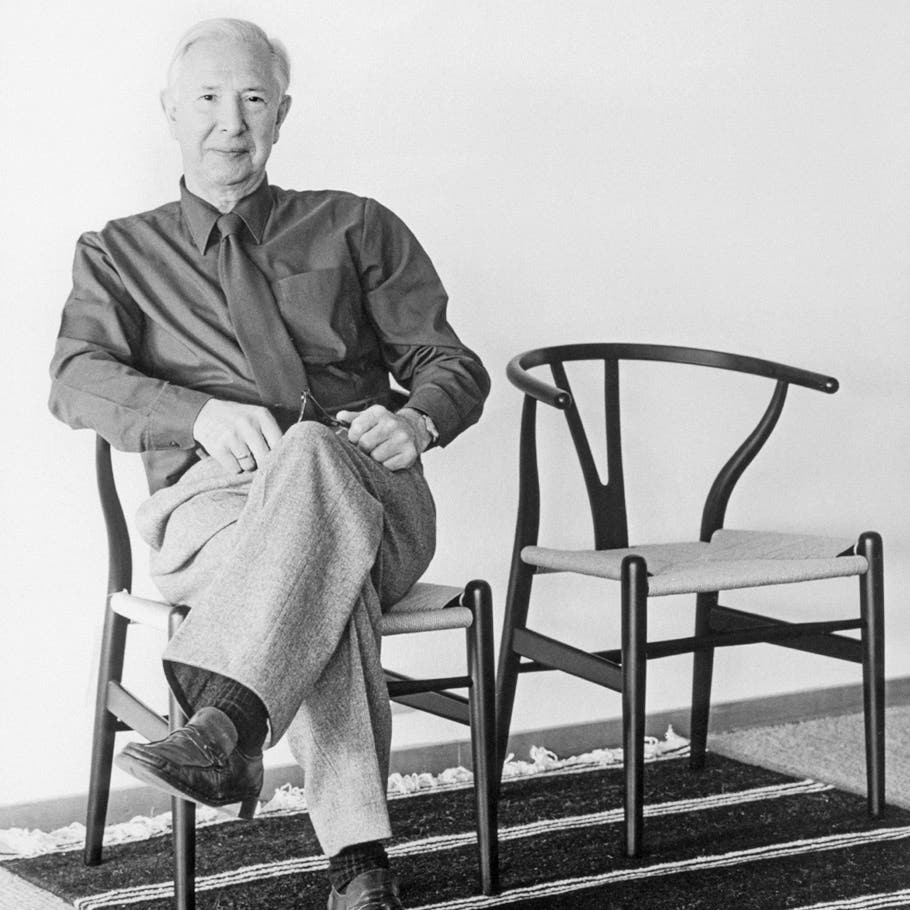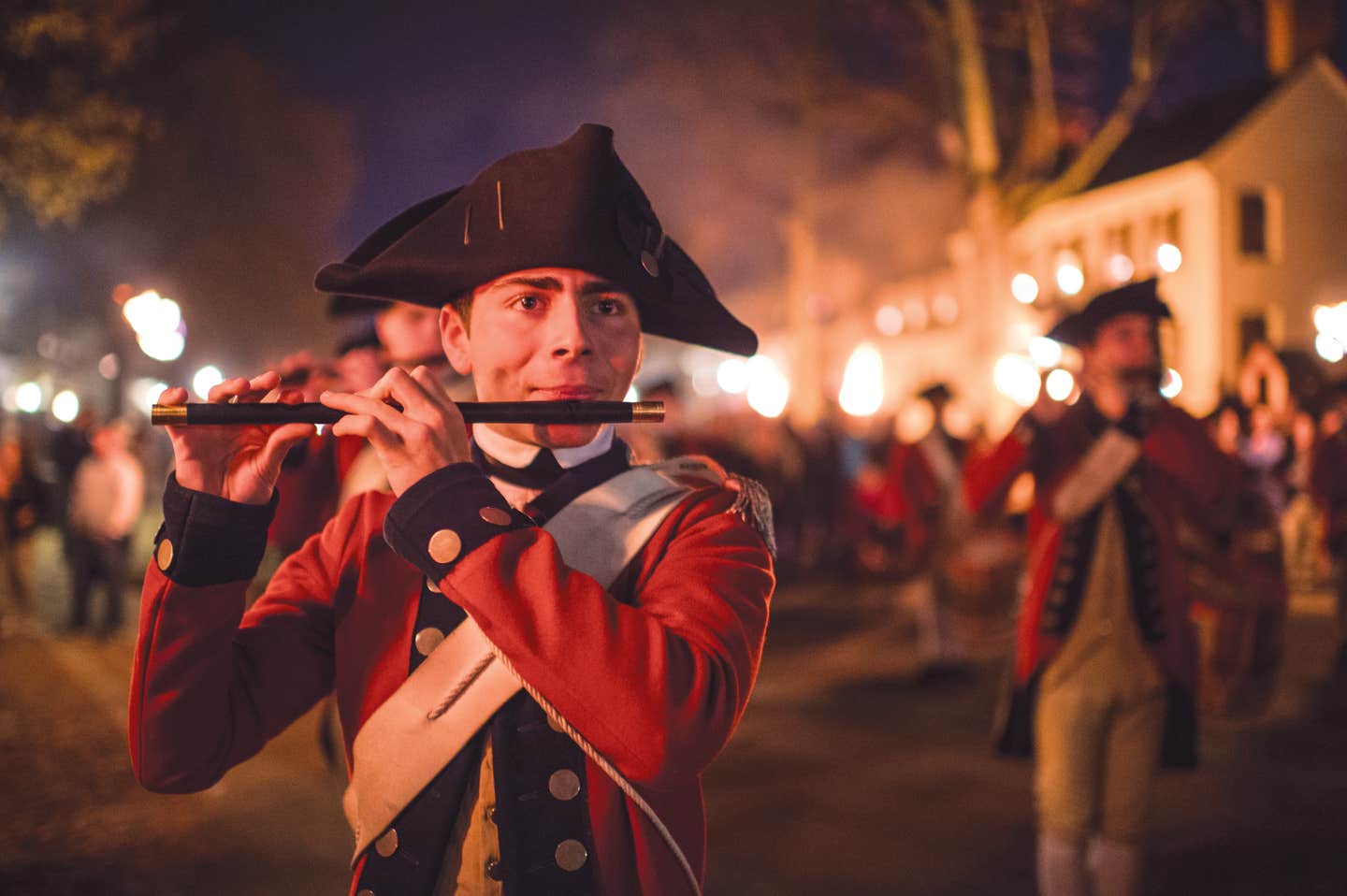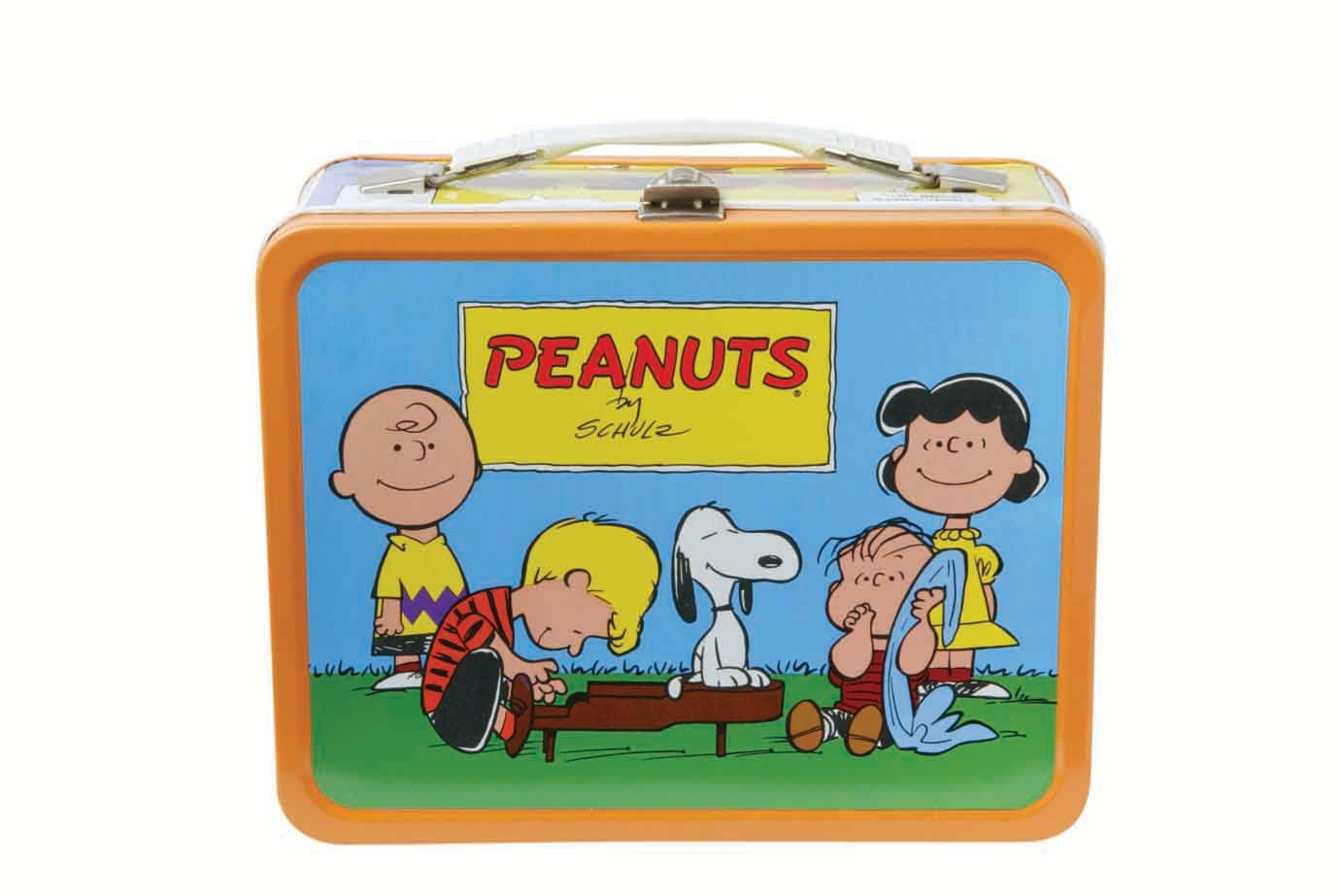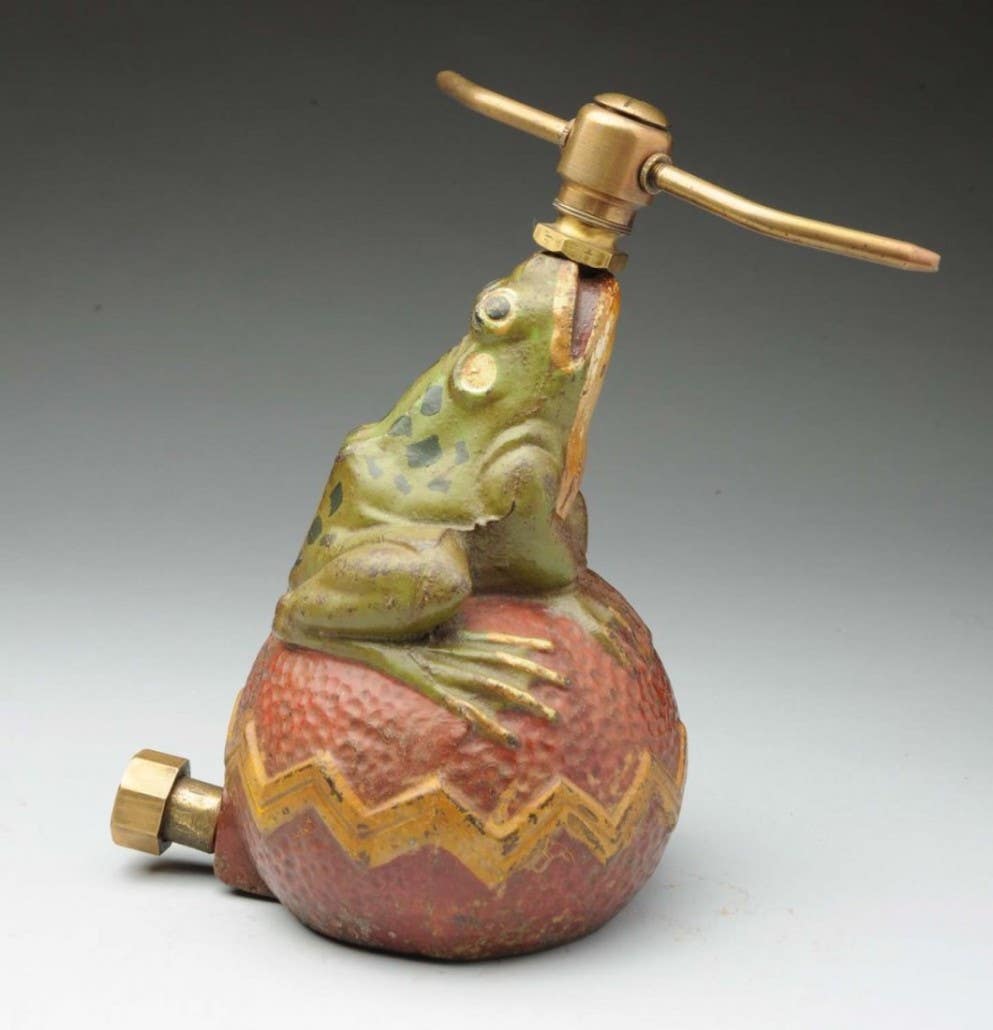Making the most of cash register parts and parcels
For as many different objects there are in the world it’s a wonder each item is often the focus of collecting efforts. Such is the case with cash register parts.
By Antoinette Rahn
How often do you give thought to the parts and pieces that make up the specific items you collect?
Sometimes, like with an old cash register, it can be beneficial to be mindful of the parts that make up the whole. This is according to collectors, and dealers serving the interests of people seeking register parts.
Salvaging Parts Opens Door to Opportunities
When it comes to antique and vintage cash registers there are many, many parts to consider. That’s what makes this collecting interest, what we’ll call the ‘smalls’ of cash registers, appealing. It affords one the joy and opportunity to acquire pieces of mechanical history. It celebrates the nostalgia encapsulated in cash registers. Especially with registers that have dutifully served their intended purpose and have seen far better days.
The salvaging of parts provides the opportunity to create a repurposed masterpiece. All of these avenues can cultivate without much space. The need for space to house the significant-sized cash register models of the past could be a challenge. Not to mention the physical effort required to move them.
Appreciating cash registers as a whole and for the parts is something Todd Crook has been doing since he was barely tall enough to peer over the top of his father’s workbench.
Early Mechanical Interest Fuels Fascination
“About the age of five I remember watching my dad restore a National Cash Register Model 313. It was a candy store machine, and it was on his workbench in our basement,” said Crook. He is a collector and dealer of old cash registers. He does business at www.antiquecashregistercollector.com. “From that time I was always fascinated by cash registers in general and especially how they worked.
The intrigue with cash registers and the parts working in precise orchestration to ring up a sale became so significant for Crook that at one point plans to purchase a new bicycle were forgone for the opportunity to pick up a St. Louis cash register advertised in a local classified newspaper. That led to a trip with his father to look at the register.
“We looked at the machine and had never seen one like it before. It had a lever that slid side to side and then pushed down to register the sale. I had to have it,” he added.
Appeal Turns to Cash Register Parts
That was three decades ago. Crook still has that St. Louis register. He still enjoys the hunt for complete antique cash registers but also other components. He also focuses his efforts on acquiring top Amount Purchased signs, National Cash Register clocks, and additional parts.
The market for antique cash registers is less active than in the past. Specifically compared to the boom period between the mid-1990s and mid-2000s. However, interest in cash register parts appears to be holding their own. One aspect contributing to the interest in parts is when people see the items as a single interesting element. Viewing them not only as they are, but what they could become.
The idea of becoming something more or different is at the core of the popularity of repurposing/upcycling. For JayDee Mahs, owner of Third Shift Vintage, the idea of ‘endless possibilities’ is often what piques a consumer’s interest, not to mention Mahs’ initial curiosity in cash register parts she picks up for resale.
Upcycling Projects Enhanced With Parts
“In my listing descriptions, I always include my ideas for using the price flags and other cash register components,” she states. “The price flags are perfect for tucking into a vase for wedding table numbers, and many of my customers use them for this very purpose. The price flags can also be used as embellishments on gifts — especially for birthdays like the 20th, 30th, and 40th birthday celebrations.”
Before beginning to wonder if repurposed cash register parts may be limited to gifts and displays, Mahs dispels that idea in short order.
“The price flags and the counter wheels are often used in altered art or assemblage art projects as well — they add a bit of steampunk flair to the projects.”
Of course, Mahs adds, there are also those who are looking for parts for their intended purposes (repairing or restoring antique and vintage cash registers), but in her six years of selling, the majority of buyers are using the parts in other ways.
Seeing Something New In What Exists
One of the people repurposing parts in an uncommon manner is Kat Barron Miller, owner of MKP Jewelry. When it comes to transforming register parts into wardrobe accessories she is redefining style. Using only cash registers that are severely broken or extensively worn beyond recovery, she is able to salvage parts including gears, cogs, number keys and wheels, and uses them to create custom jewelry for resale.
Although it isn’t a popularity contest, as with most collecting interests, in the world of cash register parts a few items are often at the top of wish lists. According to Crook and Richard Witcher, seasoned collector, a retired salesman for National Cash Register, former cash register restorer and past vice president of the Cash Register Collectors Club, name plates, front lids, and top signs are some of the most sought-after.
“I do see a lot of people that use some of the parts as wall art,” states Witcher, who along with his wife, Joan operate Dick & Joan’s Antiques online store. “National offered machines with a personalized name plate on the front lid, the back panel, and the top sign. There are a very large number of people who collect these.
“I had one that said ‘George Petty,’ and I offered it to a lady and told her it was Richard Petty’s great, great, great grandfather. She bought it and then I told her I was only kidding. She said that she didn’t care because it was a great story.”
Variables Influence Appeal
The story of what attracts someone to a cash register and its parts can be, as described by Witcher, a tall, but tantalizing tale. However, it seems most often the initial interest is steeped in fond memories. In addition, an appreciation for the history of cash register innovation is part of the appeal. It’s a history that began at a time when commerce in America was undergoing dramatic change.
It was the late 19th century and an Ohio café/saloon owner was running into an issue of patron payments not making it into the depository. As the Ohio History Connection site states, business owner James Ritty develops a machine to track sales at his saloon after viewing a device tallying the revolutions of a ship’s propeller. Teaming up with his brother, they brought the first cash register forward. It's patent is in 1879.
What began as the way for one saloon owner to quell incidents of employees stealing money from sales of libations became an endeavor focused on manufacturing various models of cash registers for sale. One of the most notable models is the “Incorruptible Cashier.” Despite their efforts the business didn’t take off and ultimately the patent became ownership of a group of investors. One of the investors was John H. Patterson, the same man who set into motion the National Cash Register Company.
Registers: An Invention Born of Necessity
In the early years Patterson ran into a similar struggle, pushback from merchants, but more so from their employees, Witcher explains on his website. (Note the previous mention of employees pocketing sales of saloon spirits.) Mr. Patterson didn’t give up easily, and honed in on making the register the focal point of the business, states Witcher, who has bought and sold more than 600 registers over the years, and currently has around 350 in his collection.
Mr. Patterson achieved his goal by making cash registers functional works of art, made from quality wood and metal, with ornate designs. At the same time, Patterson models features help owners avoid theft by employees, properly track sales, and quietly revolutionize the operation of business. It was not uncommon for wooden registers of the day to also feature bronze, brass, nickel and copper oxide metal elements, as well as engraved enamel decorative designs. In addition, each National register came with a two-year guarantee. Built to last and designed with attention to detail that prompted people to preserve the machines resulted in a number of machines lasting for generations.
Given National’s primary role in the infancy of cash registers, it’s understandable why so many of the models seen today bear the National name. However, as Witcher and Crook both explain, National wasn’t the only brand in the business – a business that could also be cut throat at times.
National Becomes Familiar Name
“National was the largest register company in the world but others soon saw the potential & started other cash register companies. Some were unique and quite different than National’s, but others just made cheaper copies of National’s registers. They had tremendous patent wars during the day,” according to Witcher, who worked for National Cash Register for 39 1/2 years.
“The United States was a bee hive of machine shops and factories, and just about every one of these tried their hand at building a cash register. National built a very high-end register with a quality brass cabinet and others built a register with nickel plated cast iron which made them a lot CHEAPER.”
At the height of the cash register business, National represented about 90% of the world’s cash register business, Crook explains. That makes other brands uncommon to find, but it doesn’t mean those brands are more valuable. This is because much of the time the off-brands come from cheaper materials and not as heavy duty, he adds, echoing Witcher’s sentiments.
Brass Era Brings More Makers
“Some of the higher end brands were Hallwood, Chicago, Ideal, Lamson, Sun, and Boston. Some of the cheaper were Michigan, St. Louis, and the World,” says Crook. “It is said that during the brass era of machines, there were over 350 different name brands other than National Cash Register. If a brand was selling well or becoming too (competitive), National would buy them out or sue them for patent infringement and put them out of business.”
With this type of presence during the hey day of early cash register development, it’s no wonder the demand and availability of parts from the National machines is what it is today.
“Over the years I have sold MANY single arm price flags from National Cash Registers,” reports Mahs, who quickly discovered her own interest in industrial items and machinery as the passion for vintage items took hold. “These are much more sought after than the double arm price flags — mainly because of their versatile uses. The “No Sale” flag and the “Paid Out” flag are the most popular.
Evolving Popularity
“The other very popular (though harder to find) parts are the counter wheels from the early Detail Adders from the 1930s. The counter wheels typically contain several wheels on a roll.”
In his years of collecting and selling cash register parts, Crook reports expected ebbs and flows in popularity of items, but some things like top signs, clocks and personalized lid plates retain not only interest in the market, but also value. In the case of top signs the reason for consistent interest is because most register machines are missing the sign. For those looking to restore or repair, the top sign is a must. Original top signs can sell for anywhere from $150 to $350 for a common style. Upward of $350 to $2,000 comes for a rare version, Crook states.
The HBAC Group, a firm specializing in brass cash register restoration, shares an interesting historical footnote on its site about often missing top signs:
Sign of The Times
“Over the years, cash register top signs were donated for metal drives during World War I, hidden, or simply removed so the clerk could have a better view over the top of the cash register. Therefore, the cash register top sign is the one piece that is almost always missing when purchasing an antique cash register.”
Another mechanical element that is the focus of great interest, due in part to scarcity, are cash register clocks. The clocks lie on the side of registers. When an owner would leave early they would wind the clock and set it to the proper closing time. Before the employee would lock up, they would then press a button on the clock to stop it. The next day the owner would come in and check the clock. It reveals when the shop closes, Witcher explains on his site.
Add-Ons Garner Top Dollar
Because they were not a formal component of cash registers, they were an optional add on. Plus, the choices for clocks were pretty narrow. There were only two styles on the market, a Waterbury 24 hour and Seth Thomas time stamps, Crook offers. The Waterbury clocks can fetch anywhere from $250 to $1,500. This depends on the style and condition, according to Crook. Meanwhile, he adds, Seth Thomas time stamps, (front facing and side facing) run between $750 and $1,500.
“If you are lucky enough to find a top sign that has a clock on it, you can expect $2,000 to $4,000,” Crook adds.
While these price ranges give an idea of what is seen in the marketplace today, Witcher offers one of the most sound opinions within all of collecting:
“As far as pricing parts it really depends on how much you paid for it. And how badly the other guy needs it.”
Refinishing Influences Collector Value
The condition, indication of refinishing, and whether or not the parts or register are operational, can impact price. Another factor of price or value of parts is the presence of personalization. One way a business owner can attract visibility is to personalize the top sign, lid or back plates. This individuality adds intrigue and appeal for collectors. It makes a part ‘one-of-a-kind’. It provides an idea of the type of business where the machine may have been used, states Crook.
With history, ingenuity, and qualities, it’s easy to understand why people find cash registers and parts interesting.
“The engineering and design of these cash registers is quite amazing. Even the price flags themselves are impressive. The unique shapes, the springs, and the painted numbers show real craftsmanship,” states Mahs.
“When you take an antique or vintage cash register apart and see the inner workings of the machine, you truly appreciate how sophisticated they are; the precision of the components, the exacting tolerances between moving parts — especially with the time period when they were made.”
Inner Workings Hold Value
Crook echoes Mahs’ sentiments about the engineering ingenuity.
“I like the inner mechanical workings. Some of the early machines used clock springs to wind the mechanism,” he states. “When you punch a key the machine would wind the clock spring, cycle the adding mechanism, and turn cams. It is also pushing up the indicator. It rings the bell, and pop open the cash drawer, all within the movement of 2 inches of that key.”
For Janet Jones, who sells cash register parts through her Etsy shop RUBBISHlovesVintage, the parts harken back to a time past, but not forgotten.
Nod to the Past With Eye to Present
“There is definitely the cool factor! I see cash register flags in several different ways. See them graphically, the black against the white and they appeal to me from that sort of artistic perspective. It's also seeing them in my memories when they jumped up in the cash register. I thought that was neat,” she says. “Really what I’ve found over the years is that people love numbers. I mean, who doesn’t have a lucky number? But more than that they document and commemorate an important event and occasion that dot our everyday lives.”
It's been one hundred and thirty-eight years since two brothers created a contraption to curb the theft of saloon profits. Today cash registers and their parts are still serving needs and intriguing people around the world.
Basic Cash Register Terms
Top Sign: Indicator on top of the actual cash register. Most common phrasing: Amount Purchased or This Registers the Amount of Your Purchase
Clocks: Employee time clock - log out. Affixed to the side of a cash register.
Nameplates: Personalization of a company/business on register lid
Pulls: Handle access on drawers - often features an ornate design.
Flag transfer decals: Prices that show up in the window when buttons are pressed on the cash register.
Operating keys: Buttons located on the body of the register that when pushed activate the pricing mechanism.
Cabinet: Body or frame of the cash register.
Drawers: Location where money lies within the cash register.
Model tags: Identifiable manufacturing details affixed to the register.
Marble slab: Sat on the deck of cash registers above the cash drawer. The marble slab, while attractive, served an important purpose of testing the quality of coins. As the coin goes to the clerk the coin would drop on the slab. The clerk would then listen for the familiar sound, often described as a ‘true’ ring. This ring occurs when silver coins drop on the slab. This was a measure of avoiding receipt of counterfeit coins.
Keys: Used to lock and unlock cash register cabinet.








